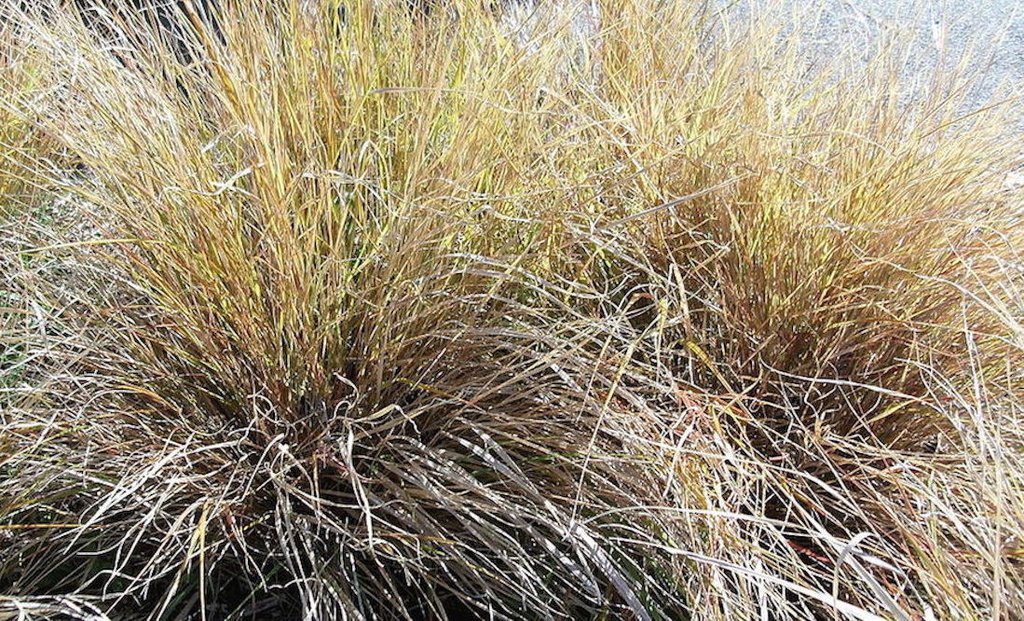Red tussock grass
(Chionochloa rubra)

Description
New Zealand has 22 species of Chionocloa that are endemic to New Zealand this includes Chionocloa rubra (red tussock grass), which looks distinctively different from the rest. It has a long living span which means that there is rarely any dead foliage around the plant. This give it a clean, sleek and vertical look. The plant will grow up to 1–1.2m high in rich moist ground with seed heads reaching even taller. The leaf blade themselves grow up to 1 m long and 1.2 mm in diameter and the plant width itself is 50 cm in diameter (with little rhizomatous spread). (Kelly, D. 2000) There is usually long hairs next to the base of the leaf and prickle-teeth towards the apex that help it distinguish itself from other Chionocloa species. There is also rows of short hairs at the base of the leaf However, in dry habitat conditions such as dry clay soil the plant struggles to grow and only reaches about 90 cm high so it can be confused for other species of Chionocloa. So when trying to find this plant make sure to take the environment into account. Depending on its subspecies the tawny leaves' colour ranges from a beautiful greenish tone to its more dominant rustic colour of bronze or red. This makes it one of the most aesthetically pleasing tussocks as green and red are known as complementary colours. In summary Chionocloa rubra is a tall brown reddish plant with slender leaves that clump together forming its trade mark arc shape.(New Zealand Plant Conservation Network. 2014) The Chionochloa rubra plant's seeds are dispersed with the use of gravity and the wind. Nature is the plants main pollinating agent with very little use of invertebrates or mammals as pollinating agents. Mass seeding is used as the main technique to prevent seed loss by predators (which are hard to satisfy due to their big appetite) and other competitor plants. Mass seeding is the production of a large quantity of seeds that are released all at once over a large area. It usually takes plant a few year to produce enough seed to carry out the process. This form of spreading is particularly more prominent in the Takahe Valley in the Southland of New Zealand. Statistics and studies have shown that the mean annual loss ranges from 10–33% during a four-year studies in the Takahe Valley. So if not for mass seeding the plant would not be able to be successful as it is. (Kelly, D. 2000) The seed is dropped on well drained and moist soil where starts to grow. It flowers during the summer season from October to December and grows fruits all around from November to May.(New Zealand Plant Conservation Network. 2014)
Taxonomic tree:







